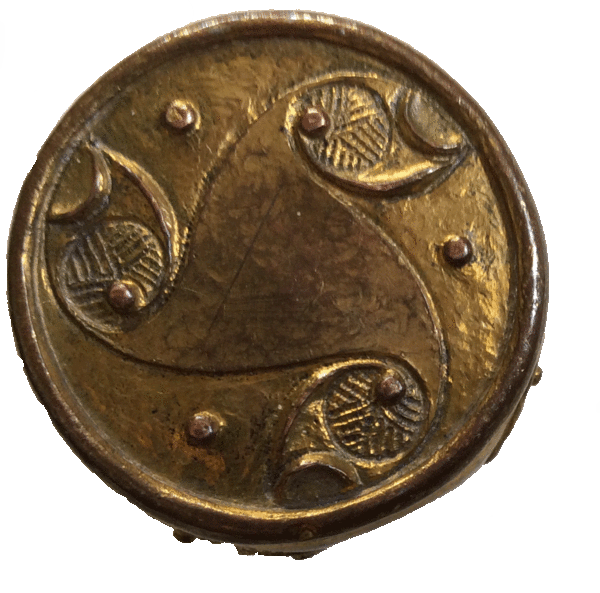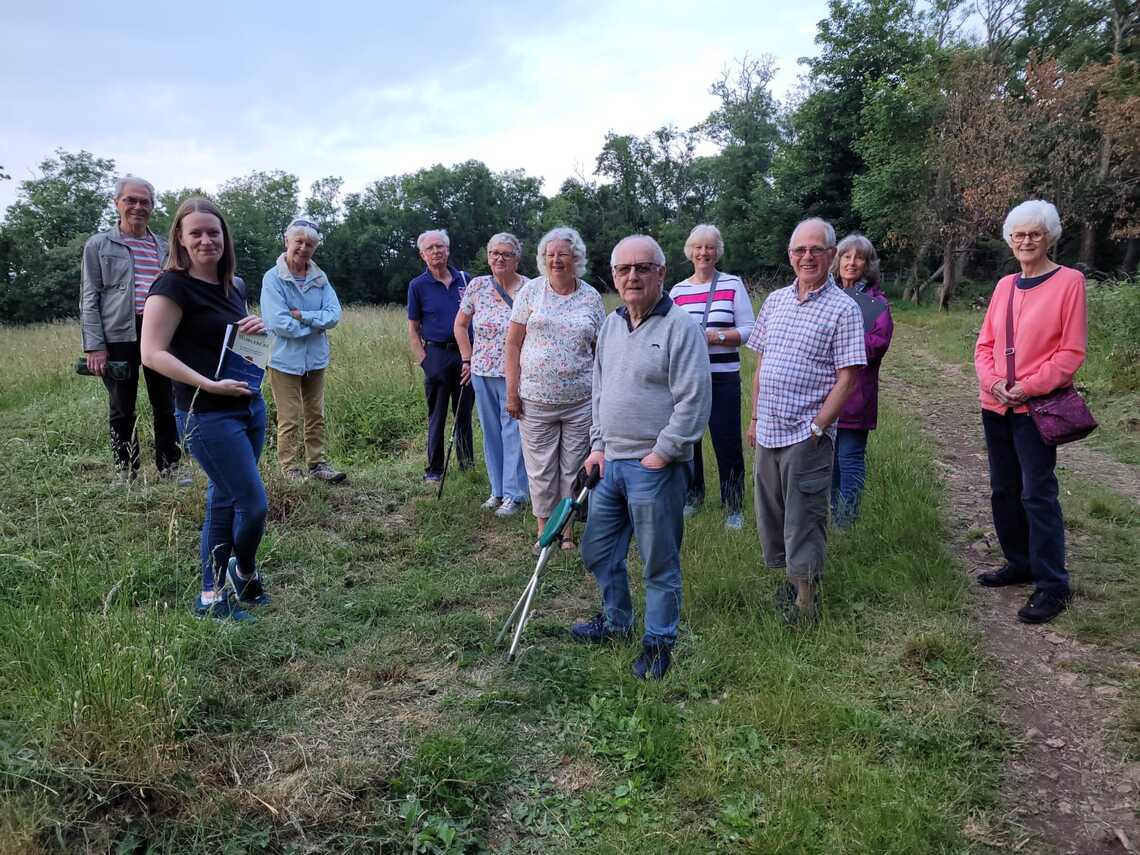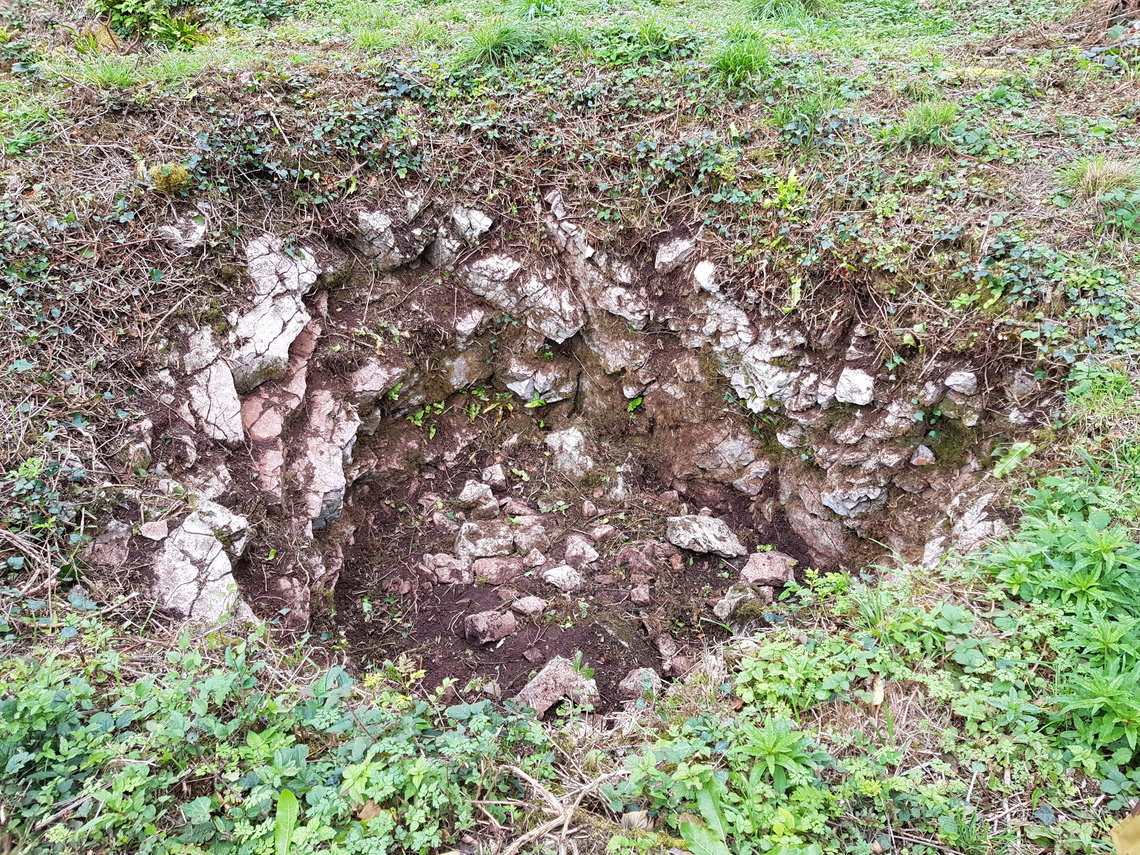On one of the longest days of the year 11 CDAS members and friends visit Worlbury Camp. We were guided around the site by Cat Lodge, the Principal Archaeologist for North Somerset Council. She had given us a lecture on the site in 2019. She explained that she had spent the day in a meeting concerning the Banwell bypass!
We walked from the end of Worlebury Hill Road passing a plaque commemorating the night that General Eisenhower, the Supreme Allied Commander in World War II had spent camped with his troops in the woods before the D Day invasion. The rest of his party spent the night in hotels in the town.
The approach to the camp from East is flat. On the South ,West and North the land falls steeply away making it easy to defend on those sides. As we approached the camp we passed over two ditches that probably predate the site. We then came to the series of ditches and banks( formerly dry stone walls) that protected the site on it's vulnerable East side. Considerable work has been done to clear vegetation to make these features visible. The path we followed was created in the 1930s, the original entrance was on the South side over looking the town. The ditches were cut into the limestone bedrock which Cat told us is unusual in Britain. She is aware this is more common in Spain.
Beyond the banks and ditches, there is an area enclosed by a further bank and ditch which in turn leads to the remaining area of the camp, now an open glade. In all the site in 10 hectares. An unusual and important feature of the site is the large number of pits (93 have been identified, there are possible more) again cut in to the limestone bedrock. These are on average 2 meters by 2 meters and 1.5 meters deep. Some were lined with matting and some possibly had wattle and thatch roofs. Grains and peas have been found in the pits. They were also used for burials. Several of the human remains have serious battle injuries possibly from inter tribal fighting or from the over running of the camp by the Romans. One of the sets of human bones has been analysed and the individual comes from Southern Europe. Cat felt that ideas of fort construction may have come with him. Sling shots have been found on the site.
There only seem to be the remains of 3 Round Houses so it didn't have a large permanent population. Cat felt it was a place of refuge and storage of surplus food and possibly festival gatherings for scattered settlements in the surrounding area.
The site faces challenges from the trees that were planted on the site in the 19th century. Roots damage what archaeology there may be on the site and if they blow over large parts of the camp are destroyed. Work is underway to remove trees to make the site more visible and allow views over the surrounding area. Unfortunately, from the archaeological point of view, there is a small group of local people who wish the site to remain wooded.
The site has been encroached on by a quarry and the building of houses from the time Weston first became a popular resort.
People have damaged the site by throwing the stones about in mock battles, building camps with the stones and lighting fires. Unfortunately we saw the remains of 3 large fires lit over the Jubilee weekend causing serious damage to one of the pits.
Cat feels the site still contains many secrets to be uncovered by further investigations and also by a revisiting reports of earlier excavations done over the last 180 years.
We are very grateful to Cat for her lecture and giving up her evening to guide us round the site.
Tom Chown. 24.06.2022




